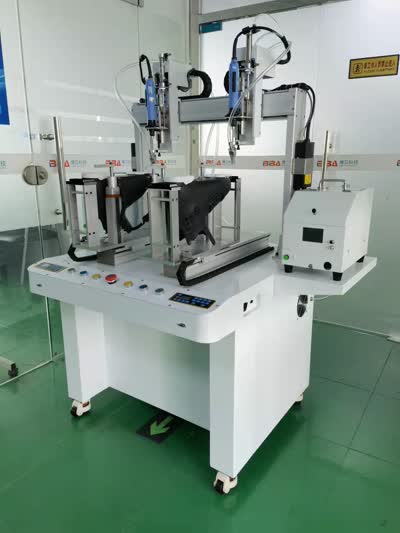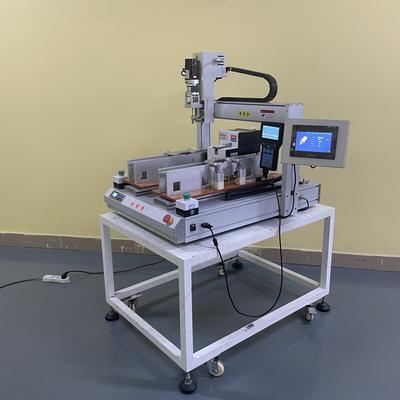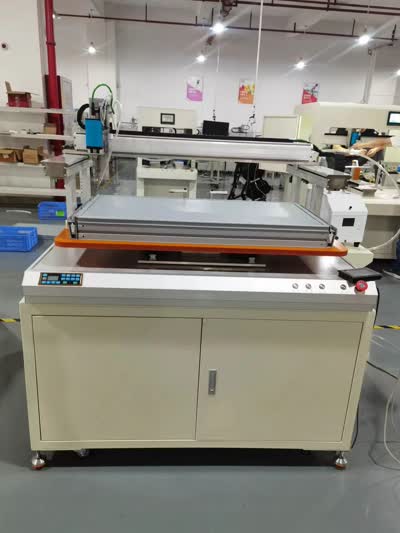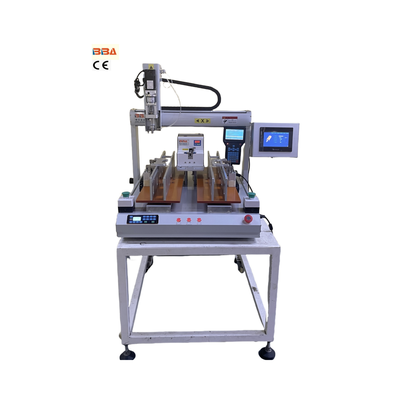Industrial Automation for LED Panel & Display Assembly | Robotic Systems

| Product Name | Applicable industries |
| Smart Screw Driving Machine | LED Lighting Industry |
Industrial automation has revolutionized manufacturing processes across various sectors, and the LED panel and display assembly industry is no exception. With the increasing demand for high-quality, energy-efficient displays, manufacturers are turning to advanced automation solutions to enhance productivity, precision, and consistency. This article explores the critical role of industrial automation products in optimizing LED panel and display assembly lines.
One of the primary applications of automation in this field is the use of robotic systems for precise component placement. LED panels consist of numerous tiny components, such as LEDs, resistors, and connectors, which must be accurately positioned on circuit boards. Automated pick-and-place robots excel in this task, offering high speed and exceptional accuracy. These robots can handle components of various sizes and shapes, ensuring that each piece is placed correctly, thereby minimizing errors and reducing waste. The result is a significant improvement in production yield and product reliability.
Another essential automation product is vision inspection systems. Quality control is paramount in LED display manufacturing, as even minor defects can affect the overall performance and aesthetics of the final product. Automated optical inspection (AOI) systems use high-resolution cameras and sophisticated software to detect defects such as misaligned components, soldering issues, and damaged LEDs. These systems operate at high speeds, inspecting every panel thoroughly and providing real-time feedback to the production line. This not only ensures that only flawless products move to the next stage but also helps in identifying and addressing production issues promptly.
Conveyor systems integrated with automation technology play a vital role in streamlining the assembly process. In LED panel production, multiple stages—such as soldering, testing, and packaging—must be seamlessly connected. Automated conveyor systems facilitate the smooth movement of panels between these stages, reducing manual handling and minimizing the risk of damage. These systems can be customized to include sorting mechanisms, buffering zones, and integration with other automated equipment, ensuring a continuous and efficient workflow.
Soldering automation is another critical aspect. Reflow soldering ovens, often used in surface-mount technology (SMT) processes, provide precise temperature control to create reliable connections between components and circuit boards. Automation ensures consistent soldering quality, which is essential for the electrical and mechanical integrity of LED panels. Additionally, selective soldering systems can be employed for through-hole components, offering flexibility and precision in complex assemblies.
Testing and calibration are final steps where automation proves invaluable. LED displays require rigorous testing to ensure color consistency, brightness uniformity, and functionality. Automated testing equipment can simulate various operating conditions, measure performance parameters, and calibrate displays to meet specific standards. This reduces the need for manual testing, which is time-consuming and prone to human error, thereby accelerating the time-to-market for high-quality products.
In conclusion, industrial automation products are indispensable in modern LED panel and display assembly lines. They enhance precision, improve efficiency, and ensure the highest quality standards. As technology continues to advance, the integration of automation will undoubtedly drive further innovations in the display industry, enabling manufacturers to meet the growing demands of consumers and businesses alike.


